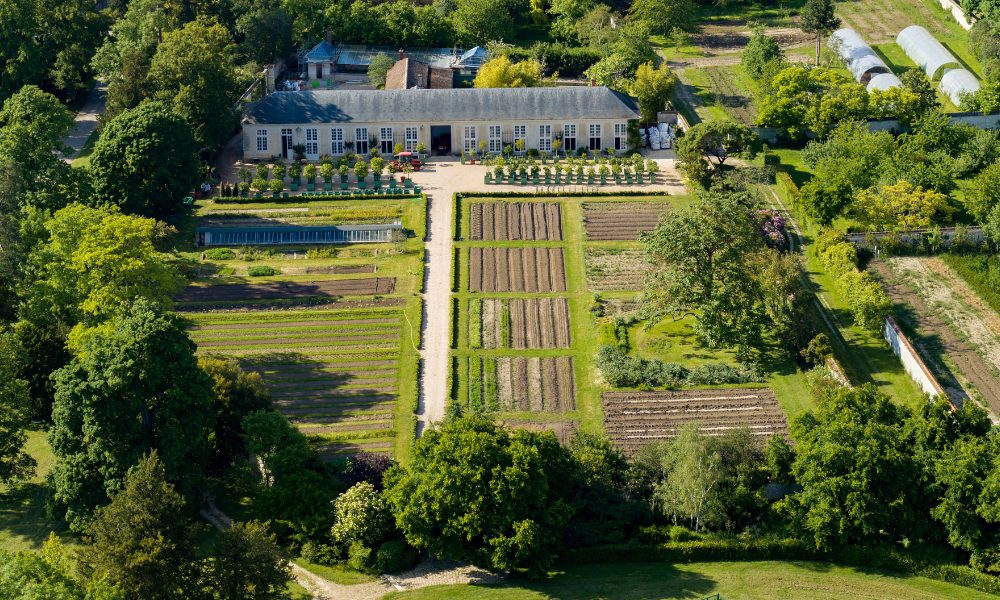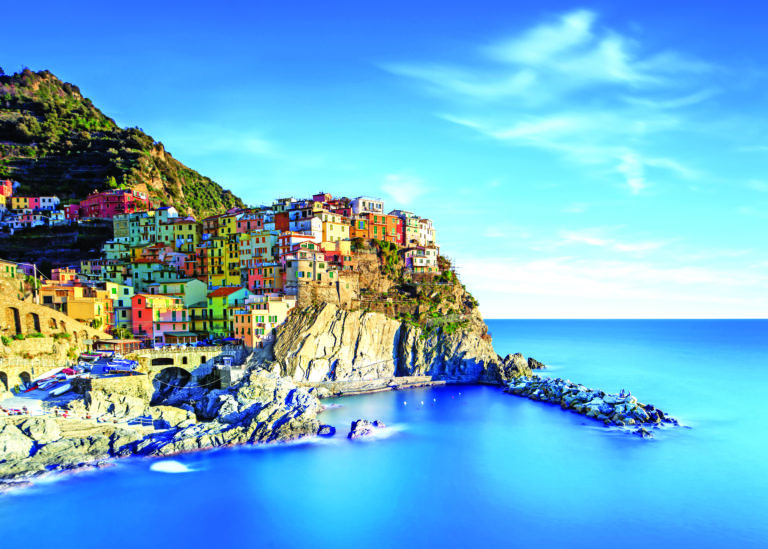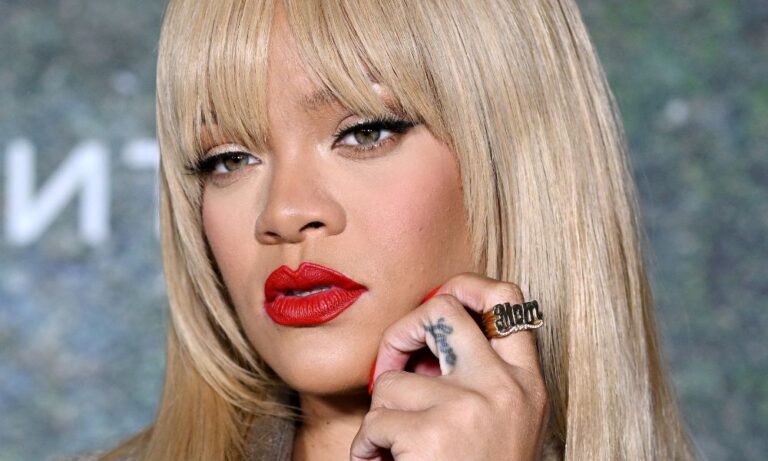“Le Jardin du Parfumeur” has been established on the grounds of the famous former royal residence built by King Louis XIV, near Paris, France.
Located in the Châteauneuf Orangerie in the heart of the Trianon estate, the new public garden is intended to help boost awareness of the history of fragrance at the court of Versailles.
Co-founder of the high-end niche fragrance brand that bears his name, Francis Kurkdjian was once a graduate of Versailles’ perfumery school. In the years since, alongside establishing his brand with business partner Marc Chaya, Kurkdjian has remained linked to the famous former royal residences. Now known for perfumes like Baccarat Rouge 540 and Amyris Femme, he once created a replica of Marie-Antoinette’s fragrance Sillage de la Reine, drawing on archive documents for inspiration, and has helped create a number of scent experiences for events at the palace and estate.
Now a patron of the Palace of Versailles, Maison Francis Kurkdjian has supported the establishment of the new garden that houses hundreds of different perfume-making plants.
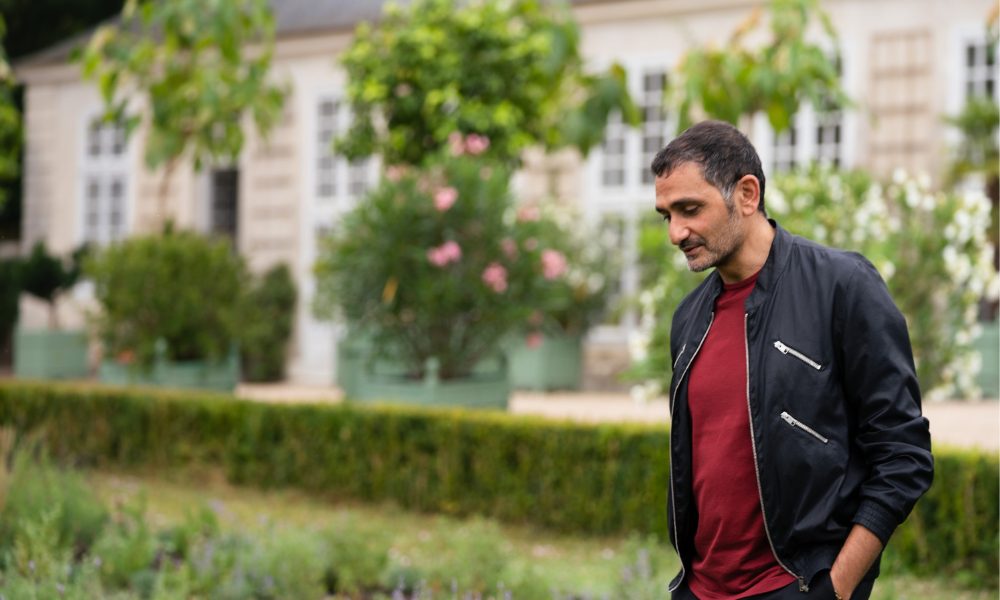
The area is said to bring together hundreds of flowering species: traditional plants (rose, jasmine), essences that exude unexpected aromas (chocolate, apple), odorous species, and “mute” or silent flowers, such as hyacinth, peony, and violet, which release no extract that can be used in perfumery, despite having a clearly identifiable smell. As a result, perfumers are forced to replicate their scents synthetically.
The garden is composed of three areas with clearly defined identities: “The garden of curiosities” in front of the Orangerie gathering most of the floral essences, “Under the trees” with its blossomed walkway of Japanese cherry trees, and “The secret garden” with an intimate atmosphere. A number of tours and workshops will be available to the help reveal the fragrant history of the area.
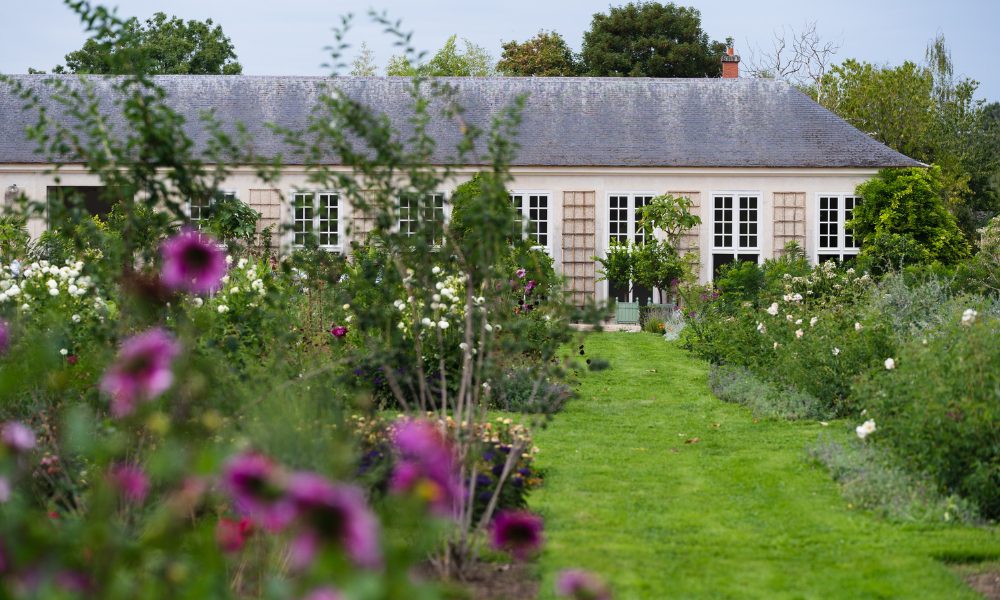
Among that history, according to a press release, in the 17th century, just as Louis XIV had commissioned work on the Trianon de Porcelaine — replaced by the Trianon de Marbre in 1687 — flowers were in fashion, and the Trianon gardens were flooded with heady, fragrant floral plants: jasmine, tuberose, and hyacinth. The gardens were set up with a nursery system that ensured they bloomed all year round. Alongside this, fragrance was taking off at the court of Versailles, with the palace becoming the cradle of perfume-making craft and artistry from the late 17th century on. The master perfumers here strove to provide sovereigns and courtiers alike with ever more sophisticated products, from fragrances and sachets to scented gloves and fans.
Furthermore, in the 18th century, cosmetics thrived in step with the rise of the personal hygiene movement. Perfumery as an art and trade was in vogue, drawing in specialists in ever greater numbers, including Claude-François Prévost, perfumer to Queen Marie-Antoinette.


